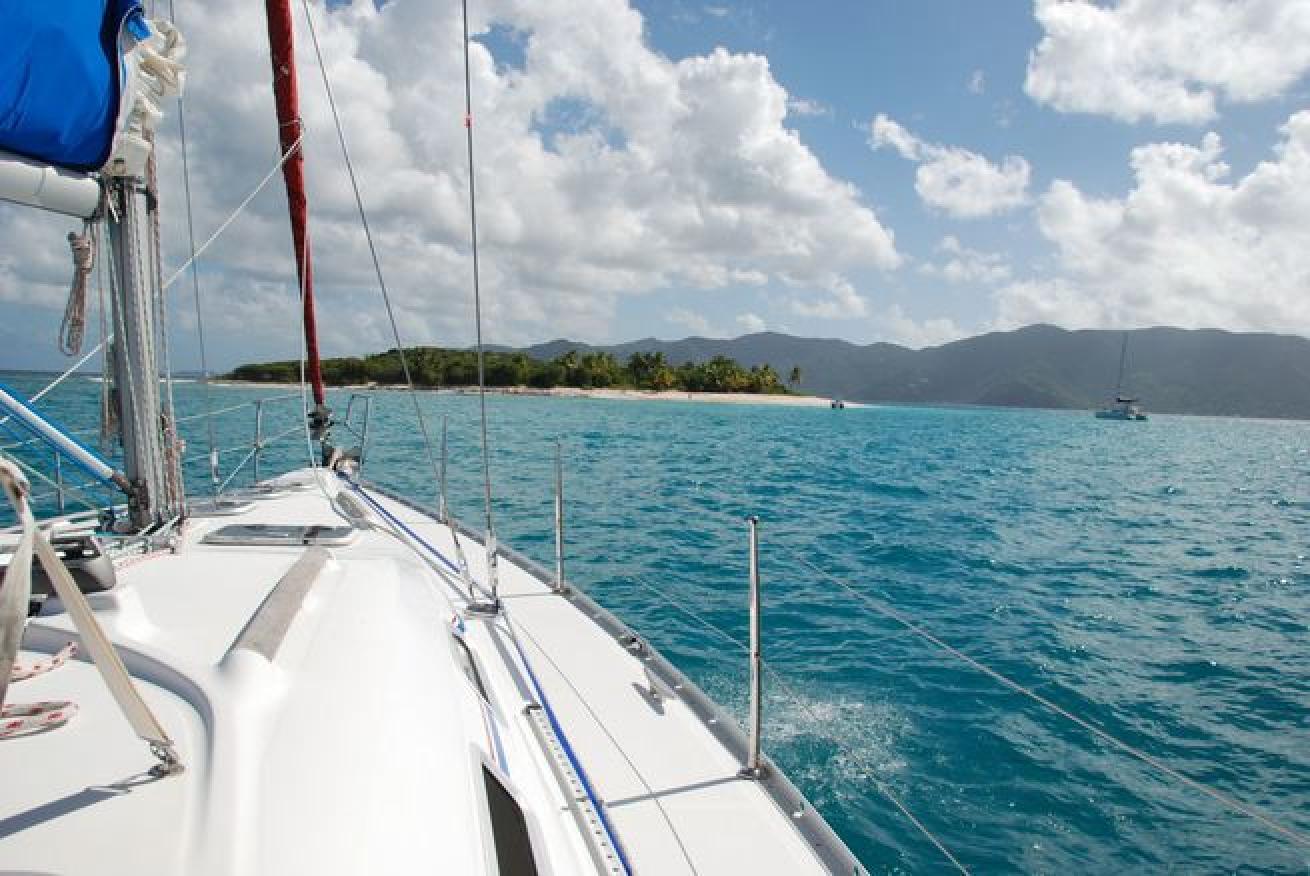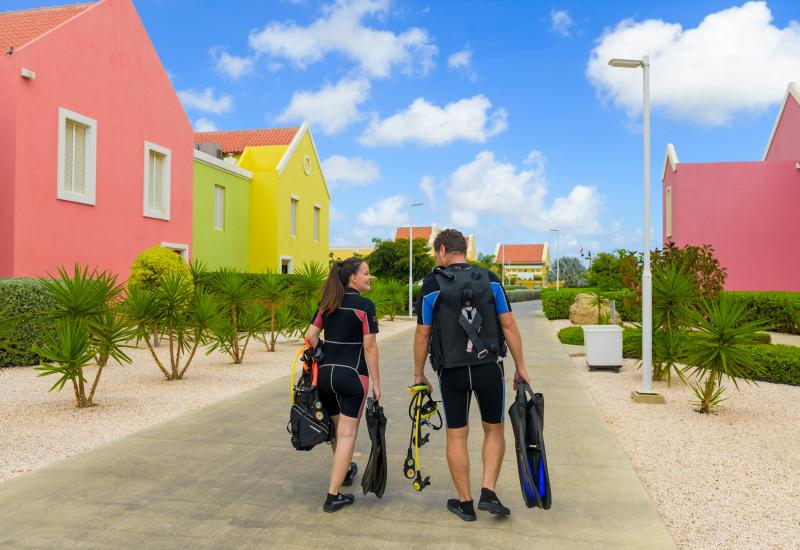British Virgin Islands
Anguilla's turquoise waters boast seven marine parks: Dog Island, Prickley Pear, Seal Island Reef System, Little Bay, Sandy Island, Shoal Bay Harbour Reef System and Stoney Bay Marine Park. Dive sites include wreck dives, shore dives, mini wall dives, night dives and heritage diving. Anguilla is known for its intentionally sunk shipwrecks. The island is home to a truly unique attraction, a 960-ton Spanish galleon, El Buen Consejo, that rests on the ocean floor with its cannons and cargo serving as a silent testament to the Caribbean's turbulent past. Anguilla also boasts a healthy double reef system, where a wide variety of corals flourish.
Weather: About 80 degrees year-round.
Average Water Temp: Mid-80Fs in summer in the north, dropping to mid-70Fs in winter. Dive season is year-round.
Average Visibility: 100-plus feet.
Travel Savvy: A passport and onward or return ticket is required. Anguilla is 20 minutes north from French St. Martin by ferry. There are a number of options available for getting to the island. Visitors can fly directly into Anguilla's Wallblake Airport from Puerto Rico via American Eagle/American Airlines and LIAT, or opt to fly directly to St. Maarten, Antigua, St. Thomas or St. Kitts for easy transfer to Anguilla
Destination Links: www.anguilla-vacation.com and www.ahta.ai.

On these green isles, known for their mountainous landscapes, scalloped beaches and protected anchorages, you’re never far from a great dive site. Lush coral gardens are found on the sloping reefs that surround the islands, seamounts rise from the seafloor and an underwater armada of wrecks rounds out the offerings.
Tortola is home to more dive operations than any other island in the chain, but the majority of established dive sites are across the Sir Francis Drake Channel, around the largely unpopulated islands of Peter, Norman, Cooper, Salt, Ginger and Dead Chest.
Divers staying on Virgin Gorda have easy access to sites surrounding the nearby Dog Islands, marked by intriguing formations, including arches and canyons. Virgin Gorda is also home to the Baths, a scattering of colossal granite boulders that form quiet grottoes and pools. Bring a snorkel and fins to swim with a colorful array of reef fish on the ocean side of the rocks.
Off Salt Island, the bow of the HMS Rhone lies on its starboard side in 75 feet of water and offers penetration into its cavernous interior. The shallower stern section features the 70-foot propeller shaft and a rich assortment of marine life, including schooling grunts and snappers, barracuda, morays, octopuses and lobsters.
Large schools of fish and big pelagics seem to prefer the wreck of the Chikuzen, north of Tortola. This site is remote and subject to unfavorable ocean conditions. If you have a dive operator willing to make the run out, go.
One of the best seamounts is Blonde Rock, which rises in two pinnacles from 60 feet to within 15 feet of the surface between Salt and Dead Chest islands. The rock itself is heavily honeycombed, with ledges and overhangs sheltering blackbar soldierfish, glasseye snappers and fairy basslets.
Weather: Temperatures range from 80 to 90 degrees in summer and 75 to 85 in winter.
Average Water Temp: Mid-70s in winter and mid-80s in summer.
Average Visibility: 60 to 100 feet.
Travel Savvy: A valid passport is required.
Partners










